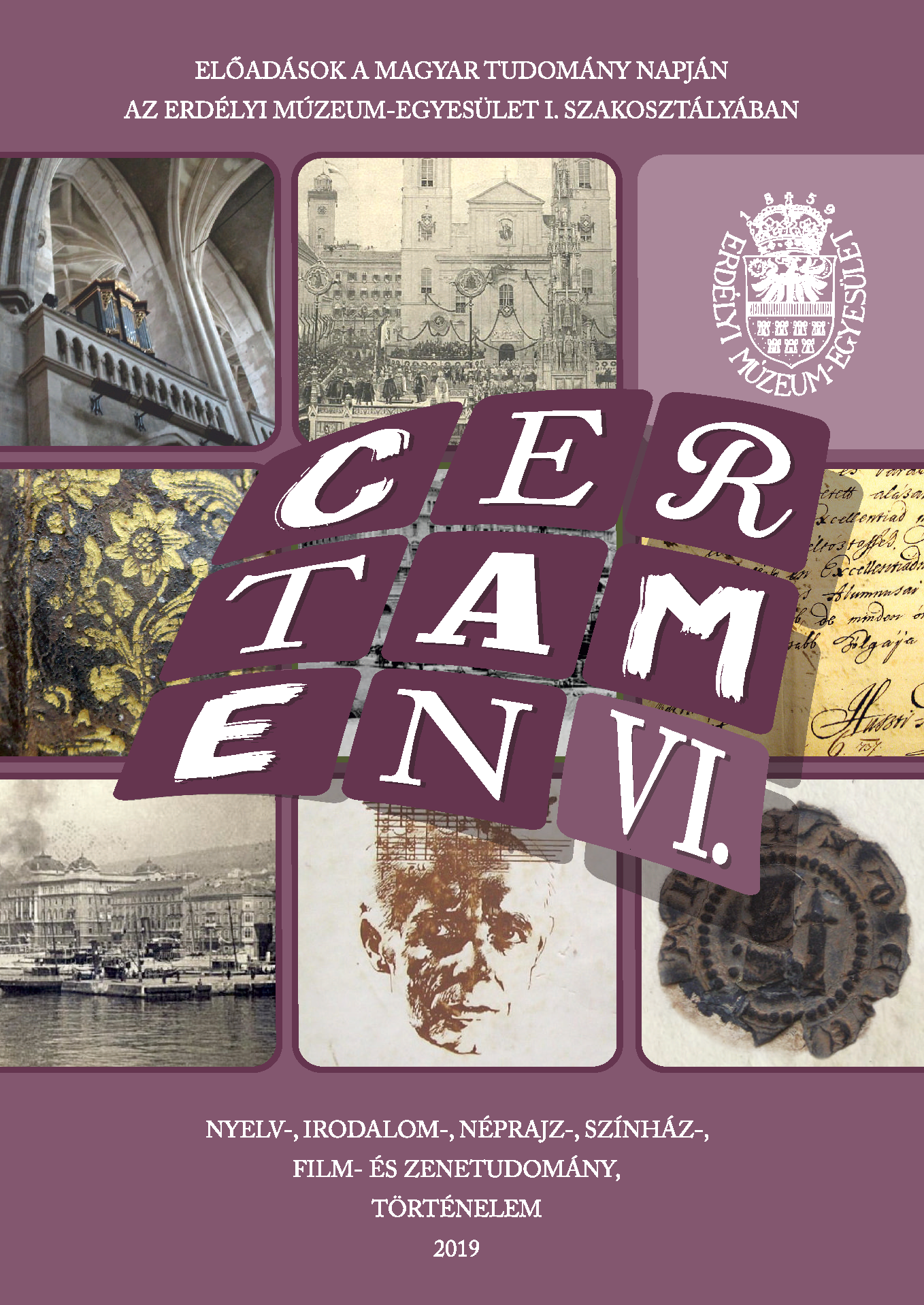„Közelebb hozni a tengert az ország szívéhez”
“To bring the Sea Closer to the Heart of the Country”
The Making of the Hungarian Adriatic 1868–1918
Author(s): Veronika EszikSubject(s): Cultural history, Diplomatic history, Economic history, Political history, 19th Century, Pre-WW I & WW I (1900 -1919)
Published by: Erdélyi Múzeum-Egyesület
Keywords: Adriatic; nationalized space; symbolic politics; modernization; steamboating
Summary/Abstract: Following the Austro-Hungarian Settlement, the Hungarian-Croatian Compromise (1868) (re)defined the relation of landlocked Hungary and maritime Croatia, granting the latter limited home rule within the framework of the Kingdom of Hungary. During the negotiations, the parties could not agree on the question regarding the possession of the port city Fiume (today Rijeka, Croatia), which lay on Croatian soil but was administered directly from Hungary. The legal status of the only maritime port of Hungary, extremely important for Hungarian economic and national ambitions, remained contested until the end of the era. In these circumstances, the stakes of symbolic politics grew enormously, as the Hungarian political elite tried to make the concept of the Hungarian littoral accepted and familiar to every citizen of the Austro-Hungarian Monarchy. In the first part of my paper, I investigate different areas of symbolic politics and nationalist representation (belles-lettres, travel, scientific, popularising and juvenile literature, press, political discourse etc.). With the help of this enumeration, I aim to show the dimensions and variety of this eff ort to construct a new nationalized space, the so-called Hungarian littoral. The second part of the paper will detail a specific way of making the Hungarian littoral: the establishment of the Hungarian steam boating. Steam boating, on contrary to traditional sailing, represented a modern way of possessing the seaside and controlling the sea. As a result, modernity and the Hungarian character were inherently linked in the Hungarian national discourse on the littoral. This interconnection was the differentia specifica of the Hungarian variant among many rival national attempts to appropriate the sea, and was a rather rarely used trope in the Hungarian self-representations. In my paper, I investigate the roots of this phenomenon.
Journal: Certamen
- Issue Year: 2019
- Issue No: VI
- Page Range: 233-244
- Page Count: 12
- Language: Hungarian

